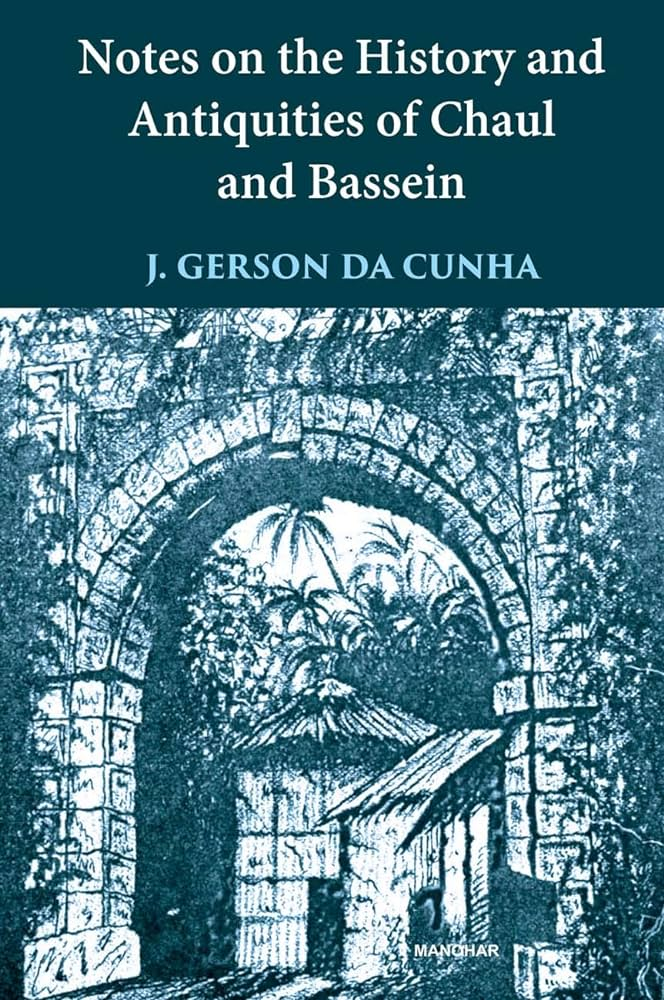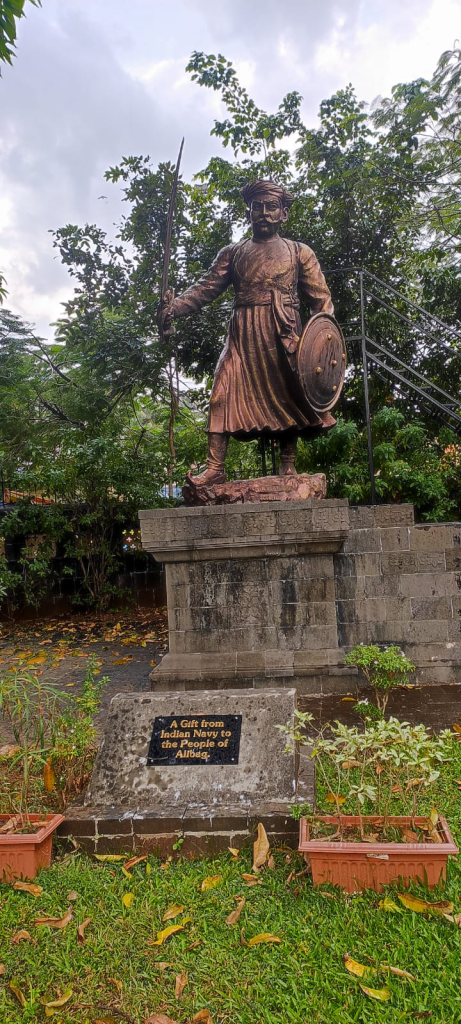Looking through the list of films that bagged or were nominated for the Oscars this year, I realised I had seen a handful: Oppenheimer, Barbie, Maestro, The Last Repair Shop, The Wonderful World of Henry Sugar.
Until then I hadn’t even heard of ‘Poor Things’, the 2023 film directed by Yorgos Lanthimos and based on the 1992 novel by Alasdair Gray. But as it won four Oscars this year and numerous other accolades elsewhere, I found it on a streaming service and watched it.

To say it has a bizarre storyline is an understatement. Bella Baxter (played by Emma Stone, who won Best Actress for the role) is a young woman in Victorian London who dies by suicide by jumping off a bridge, is brought back to life via brain transplant (from her own baby that she was heavily pregnant with!) and embarks on “an odyssey of self-discovery.” The “odyssey”, surprise surprise, involves to a lot of graphic sex scenes and nudity.
Frankly, I wasn’t sure what to make of it at the end. Is this dark comedy, film noir? The protagonist’s “creator”, called “God”, Godwni Baxter (Willem Dafoe) looks like a ‘creation’ himself, of Dr. Frankenstein. The “poor things” ultimately seem to be a revolving-door of the men in Bella’s life who momentarily think they have her in their thrall. Is she a “poor thing” too? You be the judge.
Most of the reviews have raved over ‘Poor Things,’ calling it “wildly imaginative and exhilaratingly over the top”, and variations on that theme. There were a few dissenting voices, however. Mick LaSalle at the San Francisco Chronicle pronounced it “a 141-minute mistake” adding: “Worst of all, it’s dishonest. It purports to be a feminist document, but it defines a woman’s autonomy as the ability to be exploited and not care.”
Angelica Jade Bastién of ‘Vulture’ identified the decision to make Bella Baxter mentally a child as the “primary failure of Poor Things’ sex scenes…. In many ways, the film demonstrates the limits of the modern cis-male auteur’s vision for and about women — particularly their sexual selves.” I quite agree.
To me there was a touch of the grotesque in much of the film. It was the idea of ‘using’ suicide as a plot device, a literal springboard for absurdist comedy, and the very thought of in effect murdering a live newborn just to transplant its brain into a dead adult makes my stomach churn. It’s fiction, it’s just a movie, yes, I know, but it was quite a revolting stretch of the imagination for me.
I looked up the book (‘Poor Things: Episodes from the Early Life of Archibald McCandless M.D., Scottish Public Health Officer’) that inspired the film, but have no desire to actually read it from cover to cover. Life’s too short; there are many much more worthy books vying for my attention on my bucket list.
The only reason I sought out the book was to check how prominently Lisbon (which Bella visits on her “odyssey” in the film) features in the book. It is mentioned just once, and just fleetingly in passing, at that.
The film dwells on the city for a little longer, but it is a very surreal nineteenth-century Lisbon. In Bella’s imagination, its trams (‘elétricos’) glide in mid-air like ski-lifts between mountain-slopes.
She is introduced to the city’s fabled pastéis de nata (egg custard tart pastry) by her debauched escort Duncan Wedderburn (Mark Ruffalo) thus: “So nuns and monks would starch their clothes with egg-whites, and with the yolks, make these tarts.” Seems like a pat explanation for any dessert involving egg-yolks! And the advice on eating them? “Not dainty flake by dainty flake, but inhaled with gusto like life itself.” And “one’s enough; any more is too much,” something Bella proceeds to ignore when she goes off wandering the city’s streets on her own.
She soon sees and hears a woman on a balcony strumming a ‘guitarra portuguesa’ and singing a melancholy fado.
An audio-search revealed it to be ‘O quarto’ (The Room), sung by Portuguese superstar fadista Maria do Carmo Carvalho Rebelo de Andrade, better known as Carminho. She was invited by director Lanthimos to make a special appearance in ‘Poor Things.’

The fado (lyrics by Carminho) was chosen jointly by her and Lanthimos, and seems an apt one, chiming in with what Bella must be feeling.
The “small room” (her mind?) she thought was just hers is infiltrated by the poison (veneno) of “loneliness (solidão). The emptiness is suffocating and is compounded by the “invasion” of the cold.
As in so many fados, these outpourings seem to be triggered by “a heart that broke” (“um coração que se partiu”). “You don’t even see me when you enter.” Who? The thought of the one who hurt her? Or the past in general in Bella’s case?
“This room is of no use,” where the air doesn’t even fit” (“onde nem lá cabe o ar”).
In ‘Poor Things’ we hear just a little over a minute of the fado before Bella is distracted by a squabbling couple, and then, climbing up a flight of stairs to take in a stylised version of Lisbon’s rooftop view of its skyline, her visceral reaction is to retch and throw up. If only she had heeded the warning not to over-indulge on pastéis de nata!
‘Poor Things’ elicited a similar regurgitating reflex in me in places. Don’t watch it if you’re under-age, or on a full stomach, or perhaps a prude like me. I don’t think I’ll be seeing it again any time soon. Like Wedderburn’s advice, once is enough; any more is too much.
Nevertheless, that one-minute spotlight on fado in an Oscar-winning film will do much to showcase it to a global audience.
Incidentally, a wag was recently heard saying that we are getting an “overdose” of fado here, that not even in Portugal is such fuss made over fado as in Goa.
To me it seems a case of ‘damned if you do, damned if you don’t’. It’s bad enough that nurturing anything with the ‘Portuguese’ tag (except for ‘Portuguese’ houses on the real estate market!) is viewed in some quarters as ‘anti-national’, (which mysteriously never happens to the British legacy, say cricket, tea, or the English language). Had these aspects of our heritage been left to wither and die, we would have bemoaned their passing. So when they are revived and even made commercially viable by an enterprising, passionate handful, why is that a bad thing?
Coming to fado, as in any art form, there are the stubborn entrenched purists who feel it should remain fossilised in its purported 19th century original state, extending only to its early to mid-20th century heyday; and then there are the innovators who want to give fado a 21st century relevance, context, and (shock horror!) even fuse it with music from other genres and other geographic regions than Portugal. If history is any indicator, innovation and evolution are what make any art form endure, even thrive. In more ways than one, ‘tudo isto é fado’. All this is destiny, all this is fado. Viva!
(An edited version of this article was published on 24 March 2024 in my weekend column ‘On the Upbeat’ in the Panorama section of the Navhind Times Goa India)

























































































